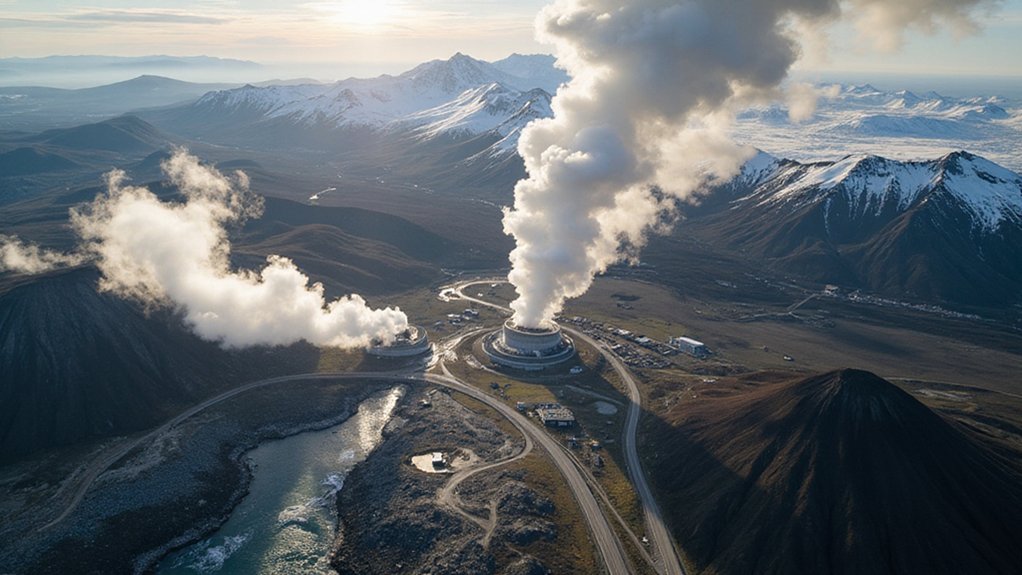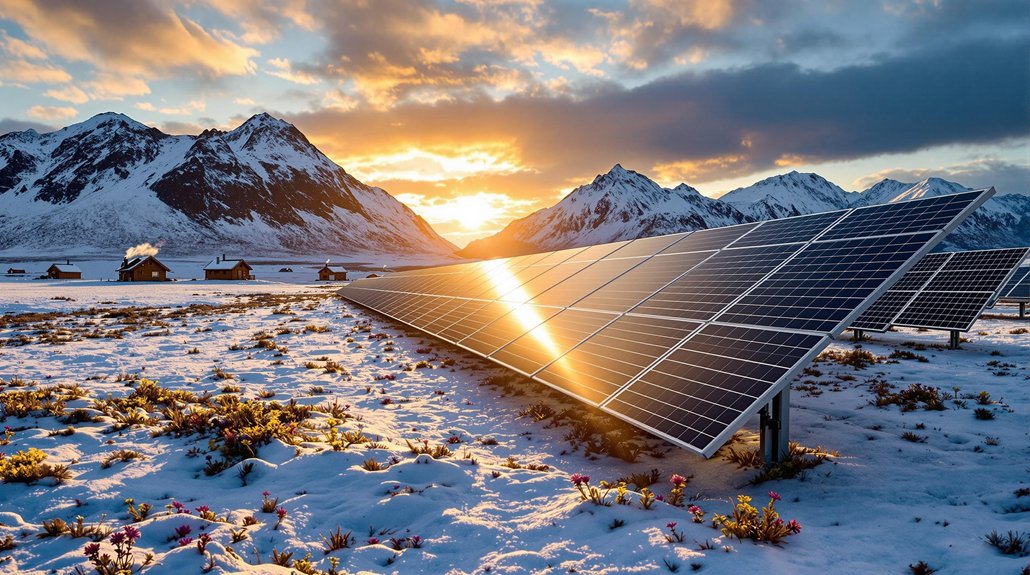Australia’s Labor Party victory has set the nation on a clear path toward renewable energy dominance. The government now backs an ambitious 82% renewable target by 2030 with substantial funding packages. A $20 billion investment for Renewable Energy Zones and $2.3 billion for home batteries show their commitment to this change. The shift promises both environmental benefits and new jobs across multiple sectors. What will this mean for Australia’s position in the global energy market?
Australia’s clean energy evolution is breaking records across the country. The recent Labor victory has secured the government’s ambitious target of 82% renewable energy by 2030. Experts now view this clean energy shift as inevitable following the electoral results that strengthened the government’s climate action mandate.
The renewable energy sector has grown dramatically since 2015. Back then, renewables made up just 16% of Australia’s energy mix. Today, that figure stands at nearly 40%. This growth represents over 40 gigawatts of new capacity from rooftop solar panels and large-scale renewable projects.
The environmental benefits are already substantial. Renewable investments have cut electricity emissions by 30% compared to what they would have been without the renewable rollout. Since 2015, Australia has avoided over 200 million tonnes of carbon dioxide emissions. Last year alone, the country prevented 55 million tonnes of emissions compared to 2015 levels.
The government is backing this evolution with significant investments. The $20 billion Rewiring the Nation fund will expand Renewable Energy Zones and upgrade transmission infrastructure. These improvements are critical for handling the increased supply from renewable sources. The newly announced $2.3 billion Home Batteries Program will further accelerate household participation in the energy transition. Recent projections indicate emissions in 2030 will be 178 million tonnes lower due to renewable energy growth since 2015.
Battery storage projects are also growing to help stabilize the grid when the sun isn’t shining or wind isn’t blowing. This combination of renewables and storage is creating a more reliable clean energy system. Experts predict battery costs will decrease by over 50% by 2030, making energy storage even more accessible.
The economic impact extends beyond the electricity sector. The renewable buildout is stimulating regional investment, creating jobs, and upgrading infrastructure. However, challenges remain in supporting communities that have relied on fossil fuel industries.
The government is taking a thorough approach to decarbonization, targeting six key economic sectors: electricity, industry, transport, agriculture, mining, and buildings.
With renewable electricity generation expected to be three times higher in 2025 than it was in 2015, Australia is on track to meet its ambitious climate goals while maintaining energy security during this historic evolution.
References
- https://www.energycouncil.com.au/analysis/2025-federal-election-distinctly-different-energy-policies/
- https://cer.gov.au/schemes/renewable-energy-target
- https://cleanenergycouncil.org.au/news-resources/emissions-reductions-renewables
- https://cer.gov.au/news-and-media/media/2025/february/latest-report-shows-australian-government-schemes-working-to-reduce-emissions
- https://www.ehn.org/analysis-australias-voters-give-labor-a-mandate-to-speed-up-the-renewable-energy-transition








